Many people love to grow bonsai trees, and others like to keep them as a decoration in their homes. Whether you’re the owner of an indoor bonsai tree or one that’s outdoors, it is important to know if your tree can be harmful to pets. Bonsais are often mistaken for fruit trees because they produce small fruits and berries on occasion.
However, it is common for cats and other animals to chew on these plants when they get bored with eating regular food! If you have any questions about whether your cat will be safe around your bonsai tree, please consult with a veterinarian who specializes in animals before making any hasty decisions!
Bonsai Trees and Pets — Basic Safety Concerns
Bonsai trees are not poisonous, but they can cause harm if ingested by cats. While it is very unlikely that a cat would actually eat a bonsai tree – as pet owners know, cats have a tendency to be picky about what they ingest – this does not mean the plant should be left within reach of your kitty! There are concerns with both ingestion and topical exposure for pets and humans alike.
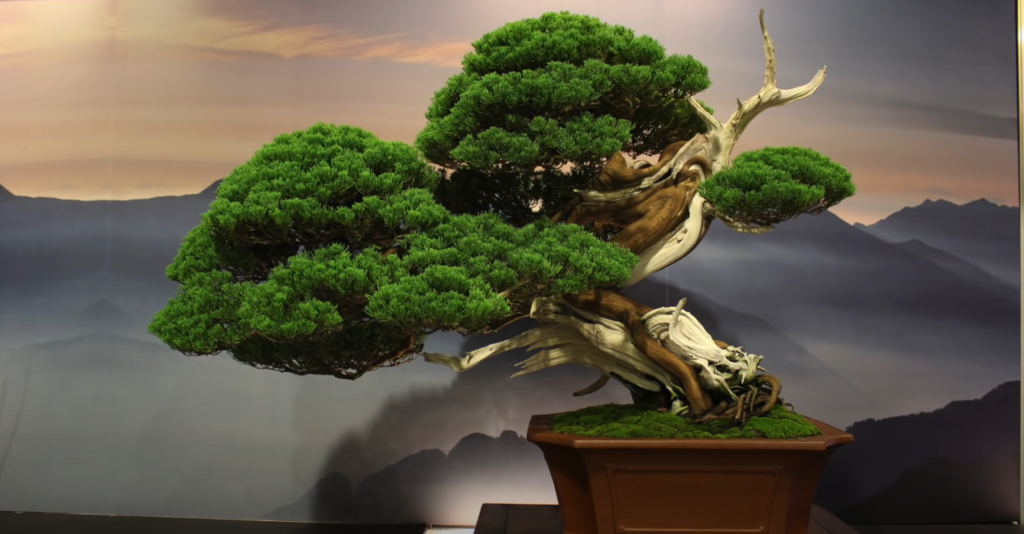
Worst Bonsai Trees for Cats
Sago Palm Tree
This is one of the worst bonsai trees for cats. The sago palm contains a chemical called cycasin [1] that, when ingested (e.g., chewed on or eaten), can result in severe liver damage and even death if not treated immediately by your veterinarian!
Symptoms to look out for include vomiting, diarrhea, loss of appetite, and lethargy. These symptoms should disappear after ingestion unless further exposure takes place without veterinary intervention.
Treatment involves decontamination (i.e., inducing vomiting and supportive care) as well as monitoring the level of liver enzymes through blood work over several weeks. Generally speaking, once your cat has successfully passed all parts of its body from its system he will be back to normal—but this does not mean ingestion should be taken lightly.
Sago palm is also considered a dangerous plant when pruned or burned, so it’s important to keep this in mind whether you have the tree indoors or outdoors!
Jade Plant
The jade plant is another bonsai tree that should be avoided. The leaves, stems, and roots of the jade contain a toxic sap called calcium oxalate crystals [2]. The jade plant is likewise known as a rubber plant, and it’s highly poisonous to dogs and cats, causing gastric issues, abnormal heartbeats, and depression. This popular houseplant may grow up to five feet tall indoors and up to six feet tall outdoors.
Calcium oxalate can cause skin irritation in humans as well as oral pain to both cats and dogs when ingested—not to mention it’s also an ingredient used in cockroach poison!
Symptoms include increased salivation, vomiting (sometimes with blood), diarrhea or constipation, loss of appetite, stupor /lethargy. As always if you suspect your cat has consumed any part of this bonsai tree call your veterinarian immediately for guidance on what actions to take next.
Even though there are no reported cases of cats ingesting the jade plants, the toxicity of calcium oxalate has been established in both humans and animals. Given that this is a bonsai tree with toxic sap, it’s best to err on the side of caution!
Azalea (Rhododendron) Bonsai Tree
Azalea bonsai trees are poisonous to the touch, causing skin irritation and/or dermatitis (i.e., inflammation of the skin) when it is exposed to human or animal flesh. This is mainly due to a chemical called grayanotoxin [3] that has been discovered in azaleas; this toxin can cause low blood pressure as well as heart rate changes – and given how cats have tiny veins, they may be more sensitive to its effects than humans!
Symptoms include nausea, vomiting, diarrhea, sweating/fever/chills, weakness/dizziness, convulsions. In some cases, there might even be paralysis.
If your cat licks any part of its body after touching an azalea bonsai, this could result in a dangerous overdose!
Boxwood Bonsai Tree
Boxwood bonsai trees are a popular selection for indoor houseplants, and they’re well-known to be highly poisonous if ingested. The leaves of this aromatic plant contain grayanotoxin, which can cause vomiting or diarrhea when swallowed by your cat or dog. Ingestion could even lead to seizures, paralysis, cardiovascular problems (e.g., irregular heartbeats), respiratory difficulties/collapsed trachea, coma, and death!
Symptoms include drooling/nausea due to gastrointestinal upset; in some cases, there might also be convulsions depending on the amount consumed as well as individual sensitivity levels – and because dogs have a higher tolerance level than cats, in general, it’s especially important to keep your dog away from the bonsai tree, too!
Chinese Rubber Plant
Chinese rubber plants are also known as Ficus elastica and Indian Rubber Plant, so it’s important to be aware of the different names this bonsai tree goes by. The Chinese rubber plant is highly toxic to dogs and cats if ingested – leaves can cause vomiting or diarrhea while chewing on bark may lead to oral pain/irritation with possible drooling [4].
Symptoms include increased salivation, loss of appetite, depression, stomach irritation /pain due to exposure to leaf sap. If your cat chews any part of a Chinese rubber plant there could even be fatal consequences!
Fig Bonsai Tree
Fig bonsai trees are known to contain calcium oxalate crystals that can cause oral irritation if your cat swallows the leaves or branches; in some cases, this could even lead to vomiting and diarrhea.
Symptoms include increased salivation/drooling, loss of appetite, depression, stomach pain due to exposure to leaf sap. As always it’s best to play it safe when there is any uncertainty about what your pet may have ingested by contacting a veterinarian immediately for guidance on the next steps!
Plum Bonsai Tree
Plum bonsai trees can be an attractive choice for cat owners with non-destructive pets, but they are poisonous if ingested. The leaves of the plum bonsai contain cyanogenic glycosides [5] that produce hydrogen cyanide when chewed or digested. This chemical is poisonous to both cats and dogs, causing nausea/vomiting, lack of appetite, weakness/lethargy.
Symptoms include depression, ataxia (loss of control over bodily movements), hypothermia due to low body temperature, respiratory failure leading to coma /death. If you suspect your pet has consumed any part of this plant it’s best to contact a veterinarian immediately!
Other Dangerous Bonsai Trees for Cats
There are a variety of bonsai trees that should also be avoided at any cost! These include:
- Maple Bonsai Tree;
- Birch Bonsai Tree;
- Japanese Black Pine;
- Weeping Willow;
Be sure to do thorough research if you’re considering bringing in a new houseplant for your cat – and remember, trust your gut when it comes to these plants being out of reach from curious cats. With so much toxicity surrounding indoor and outdoor plants, pet owners ought to err on the side of caution rather than chance it!
Cat Safe Trees: Non-Toxic Bonsai Trees
There are several bonsai trees that are safe to have in the presence of (and even around) cats—so if you’re worried about your cat ingesting or coming into contact with any part of a plant, check out these non-toxic varieties:
- Ficus lyrata;
- Bamboo Palm Tree;
- Silk Pothos;
- Peace Lily;
- Spider Plant;
- Juniper;
- Japanese maple;
- Fukien tea;
- Hibiscus;
- Christmas cactus;
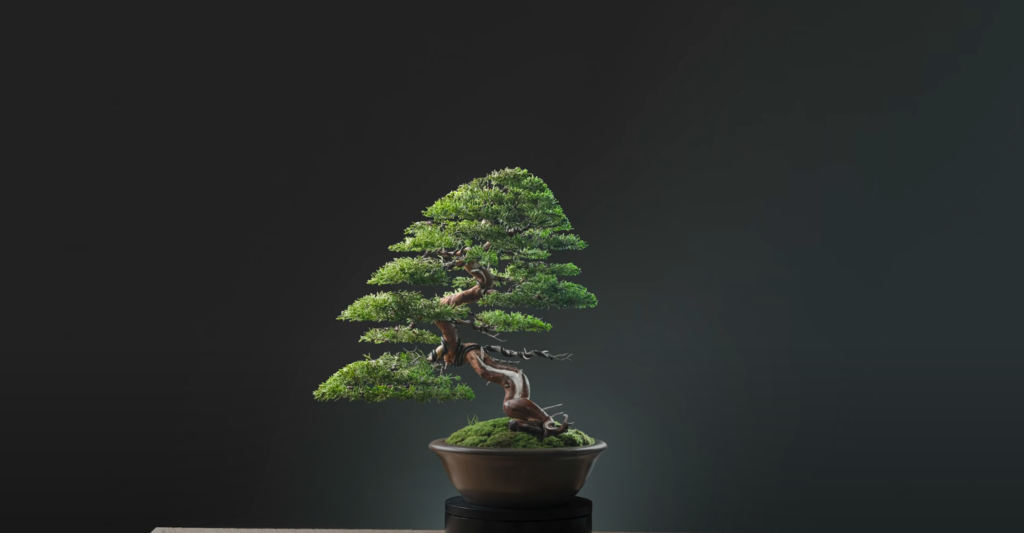
What Happens if My Cat Eats Part of a Toxic Plant
Symptoms of Bonsai Tree Poisoning in Cats
Bonsai trees poisoning symptoms in cats can be similar to the symptoms of a common cold. Some symptoms may include lethargy, loss of appetite, depression, stomach pain, extra drooling, and vomiting.
The cat may have difficulty breathing due to swelling of tissues in its respiratory tract.
If you think your cat might be experiencing bonsai poisoning, it is important to visit the vet right away. While some of these symptoms may seem minor, they can cause serious problems if left untreated for a long period.
Treatment of Bonsai Tree Poisoning in Cats
Bonsai tree poisoning can be treated with a number of different treatments depending on the symptoms and severity. Because your dog’s condition is likely to progress and worsen, the veterinarian will most certainly have to utilize a variety of tools. The majority of these therapies include stomach pumping, dietary cleanses, antibiotics, and induced vomiting. IVs and blood transfusions may be required in severe situations.
How to Keep Your Cat Away From Bonsai Trees?
Cats are curious creatures so it’s not surprising if your feline friend decides to take a closer look at whatever you have in the house. Cats can become very interested when they see something new, but sometimes their curiosity may lead them into trouble. Bonsai trees are beautiful houseplants that cats may be tempted to sniff, lick and even chew on.
Here is what you can do to protect your pet:
Research Bonsai Background
The greatest way to protect your pets from bonsai poisoning is to conduct a lot of research. Every time you consider acquiring a new kind of bonsai tree, consider the safety of your pets. If you have a cat, find out whether the particular tree you want to purchase is poisonous to felines.
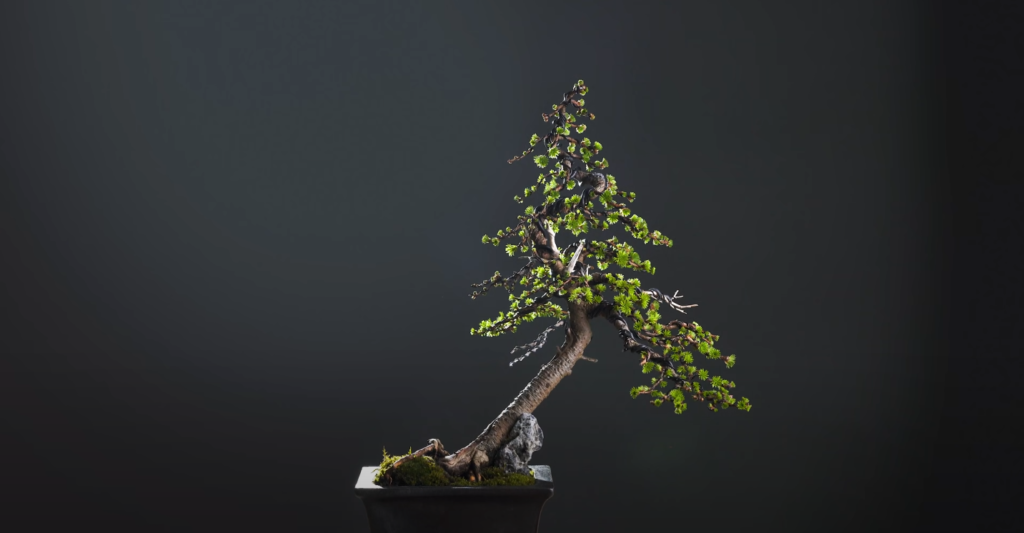
Some bonsai trees have a lot of needles and thorns, even if they are not poisonous. If you have a lively dog, avoid getting this sort of tree because they might hurt themselves. Aside from that, some bonsai trees have a large number of spikes and pricks. If you have a mischievous pet, try to avoid getting this kind of tree so that they don’t harm themselves.
Keep Your Bonsai Plants Outdoors
If you have a bonsai tree that isn’t deadly to your pet but may irritate him, you might compromise and keep it outside. Place it in your shaded garden or outdoor planters.
If you keep your pets outside, they will be less likely to encounter those trees if you do not take them in.
Place Them Out Of Reach
You may alternatively hang twigs from high up on shelves where your pet won’t normally explore. It’s probably not a good idea if your pet is a cat, and cats love to climb. However, if your pet is a docile dog, you may easily shield it by keeping the bonsai away from it.
Supervise!
Keep in mind that if your cat is poisonous to your neighbor’s bonsai trees, do not allow it to go there alone.
FAQ
Is my bonsai tree safe for cats?
If you have a cat and would like to keep it safe, make sure your bonsai tree is outside of its reach. Your feline friend could be endangered if they eat or drink from the plant as well as chew on the leaves.
While some cats might think this is fun, there are dangers associated with having a bonsai in an accessible area for both humans and animals alike. It should also be noted that many plants can cause serious harm when ingested by pets so always check with your veterinarian before introducing anything new into their feeding routine!
Bonsais look great inside too but just remember what they say about discretion being the better part of valor – it’s probably best not to risk!
Are ficus bonsai trees poisonous to cats?
A fig bonsai, which is a popular tree species that poses no danger to humans but can be deadly to cats if eaten [6].
What trees and plants are bad for cats?
There are a number of trees that have been documented as being dangerous to both humans and animals alike. Here is a list of some common plants that can be harmful if ingested by your cat:
- Azalea;
- Calla Lily;
- Dieffenbachia;
- Elephant Ear Philodendron;
- English Holly;
- Florida Beauty/Carolina Jessamine;
- Four O’Clock (Mirabilis jalapa);
- Foxglove;
- Honeysuckle (Lonicera);
- Hydrangea;
- Lily of the Valley;
- Monkshood/Wolfsbane (Aconitum);
- Morning Glory & Moonflower;
- Oleander (Nerium oleander);
Pine trees are also poisonous to cats since they can induce liver damage and even death. Choose a fir or spruce if you want a live tree.
How do I know what kind of bonsai tree I have?
Many bonsai trees have a tag that will tell you the name of the plant, where it is from, and other information about how to care for your pet. You can also research online by typing in the species of tree + “bonsai” into Google or another search engine – if there are pictures available they may just be what you’re looking for!
What bonsai trees can be kept indoors?
You can grow such bonsai trees indoors (though they may still be poisonous for pets):
Ficus Bonsai. The Ficus is one of the most popular types of bonsai trees. With more than 800 distinct species of Ficus, they offer a beautiful quality to any indoor space.
Dwarf Umbrella Bonsai. The Dwarf Umbrella Tree (Octopus Tree) is also known as a Schefflera Arboricola or an Octopus tree. Its canopy-like foliage development is what gave it its name. It’s a popular Bonsai species that may be cultivated in a variety of styles, such as exposed roots over rocks and weeping banyan style.
Chinese Elm Bonsai. The Chinese Elm Bonsai Tree is one of the most well-known species among all Bonsai Trees. They are not only beautiful indoor dwarf trees, but they are also the simplest to keep. They have fast growth rates and can tolerate being overwatered, which few other species can do.
Dwarf Pomegranate Bonsai. Dwarf Pomegranate Bonsai trees, scientifically known as Punica Granatum Nana, are beautiful indoor dwarf trees. The tree produces lovely bright-colored tiny flowers that will delight the senses of everyone who sees them.
Snow Rose Bonsai. The flowers of the Japanese Snow Rose Bonsai Tree, also known as Serissa Japonica, are tiny yet beautiful. These kinds may flower all year, but their beauty is at their peak during early spring to late fall, when the blooms are largely white or a little pinkish in hue.
Fukien Tea Bonsai. Also known as Ehretia Microphylla or Carmona Retusa, it is among the most popular mass-produced artificial indoor plants. These plants have tiny flowers and red berries all year round. The small trees have a strong trunk that can be difficult to manage after a while.
What indoor trees are cats safe?
You can be sure that the following indoor plants and trees are safe for your cat [7]:
- Gloxinia;
- African Violet;
- Baby Tears;
- Banana tree;
- Spider Plant;
- Venus Fly Trap;
- Areca Palm;
- Boston Fern;
- Calathea;
- Friendship Plant;
- Polka Dot Plant;
- Peperomia;
- Orchid;
- Mosaic Plant;
- Bromeliad;
- Ponytail Palm;
- Purple Waffle Plant;
- Royal Velvet Plant;
- Haworthia;
Do cats know not to eat poisonous plants?
Dogs and cats understand not to eat things that might make them ill or kill them. Many creatures, particularly those in the wild, have a mix of instinct, expertise, and training that prevents them from ingesting hazardous substances.
Are succulents safe for cats?
When consumed, most succulents are non-toxic and harmless to pets. Others may cause minor skin irritations, while others can produce mild symptoms when eaten. The most dangerous succulents for your cat or dog are [8]:
- Aloe Vera;
- Euphorbia Milii;
- Euphorbia Tiruacalli;
- Kalanchoes;
- Crassula Ovata;
- Crassula Arborescens;
- Sansevieria Trifasciata;
- Senecio Rowleyanus;
Useful Video: 25 Plants Toxic to Cats you Need to Know!
References:
- https://mason.gmu.edu/~kholguin/projects/poison
- https://vetgirlontherun.com/podcasts/calcium-oxalate-plant-toxicosis-in-dogs-cats-vetgirl-veterinary-ce-podcasts/
- https://www.ncbi.nlm.nih.gov/pmc/articles/PMC3404272/
- https://www.abc.net.au/everyday/common-poisonous-plants-to-dogs-and-cats/10105914
- https://www.intechopen.com/chapters/52207
- http://www.bonsaiforrest.co.uk/are-bonsai-trees-harmful-to-cats/
- https://www.thespruce.com/safe-houseplants-for-pets-4588752
- https://succulentplantcare.com/8-succulent-plants-toxic-to-pets/



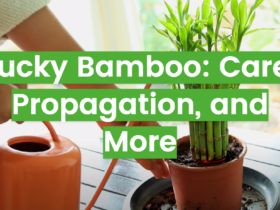
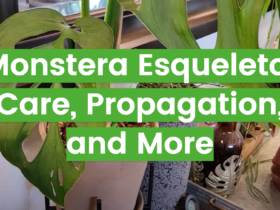
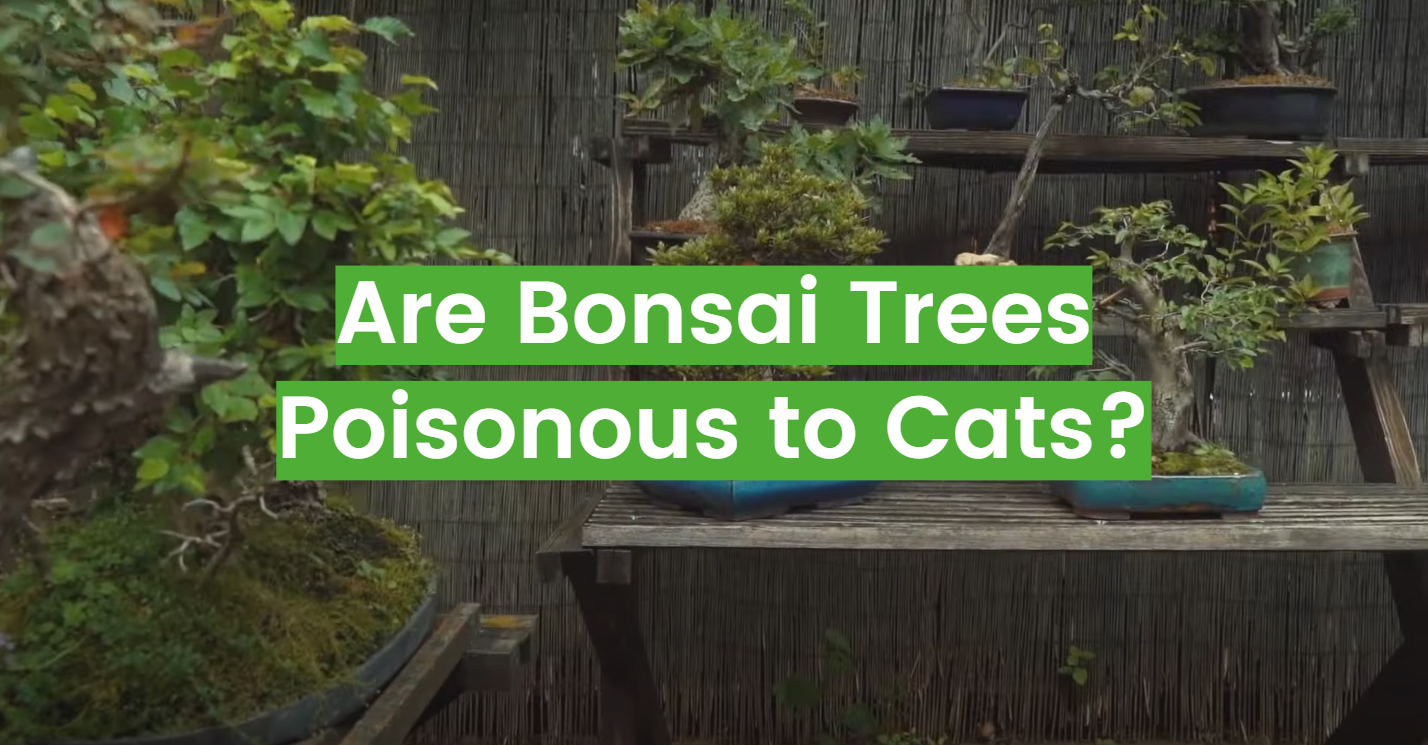
Leave a Review